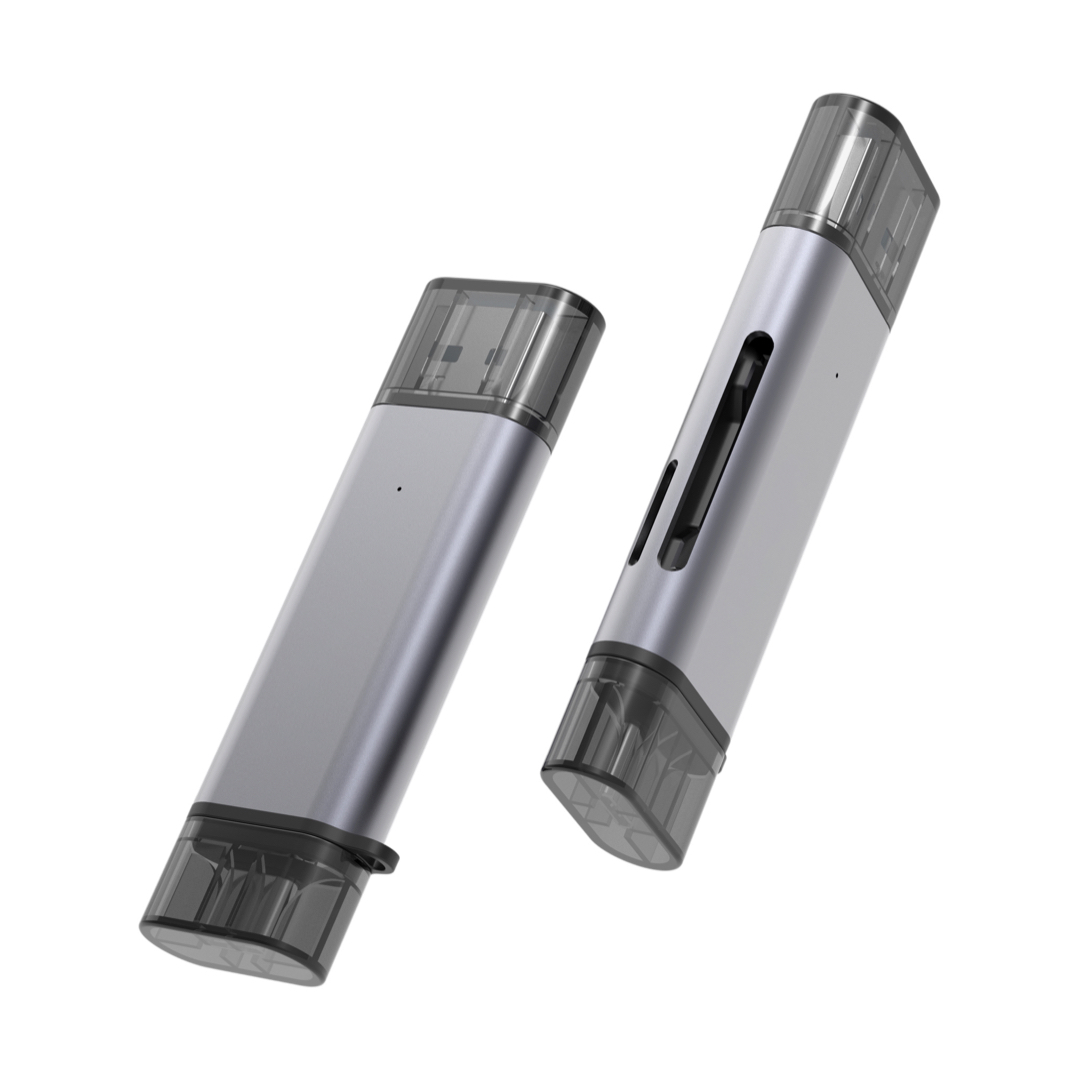A Comprehensive Guide to Understanding Audio Adapters

Audio adapters play a crucial role in modern technology by providing seamless audio connectivity between various devices. Whether it's enhancing your music experience, connecting different audio components, or improving audio quality, audio adapters have become an indispensable tool. This article aims to explore the functions and benefits of audio adapters to help you understand their importance in today's world.
1. Bridging the Connectivity Gap
Audio adapters act as connectors, bridging the gap between different audio devices. With the rapid advancement of technology, devices often come with different audio ports, making it challenging to establish connections. An audio adapter allows you to connect devices with incompatible audio jacks or connectors, ensuring compatibility and uninterrupted audio transmission.
2. Expanding Versatility
Another key benefit of audio adapters is their versatility. These adapters come in various forms, such as 3.5mm to 6.3mm adapters, USB to audio jack adapters, and HDMI to RCA adapters, to name a few. This versatility allows you to connect a wide range of devices, including headphones, speakers, microphones, and gaming consoles, to enjoy a seamless audio experience across different platforms.
3. Enhancing Audio Quality
Audio adapters also play a vital role in improving the overall audio quality. Some adapters are designed with built-in DACs (Digital-to-Analog Converters) or amplifiers that convert digital signals to analog signals or boost the audio output. These features ensure that the audio signal is transmitted with high fidelity, resulting in enhanced audio quality, depth, and clarity.
In conclusion, audio adapters are indispensable tools that bridge connectivity gaps, expand versatility, and enhance audio quality. Whether you want to connect your headphones to a device with a different audio jack or improve the audio experience of your home theater system, audio adapters provide the necessary solutions. Their role in modern technology cannot be overlooked, and they continue to improve our audio experiences by enabling seamless connections and improving audio quality.



